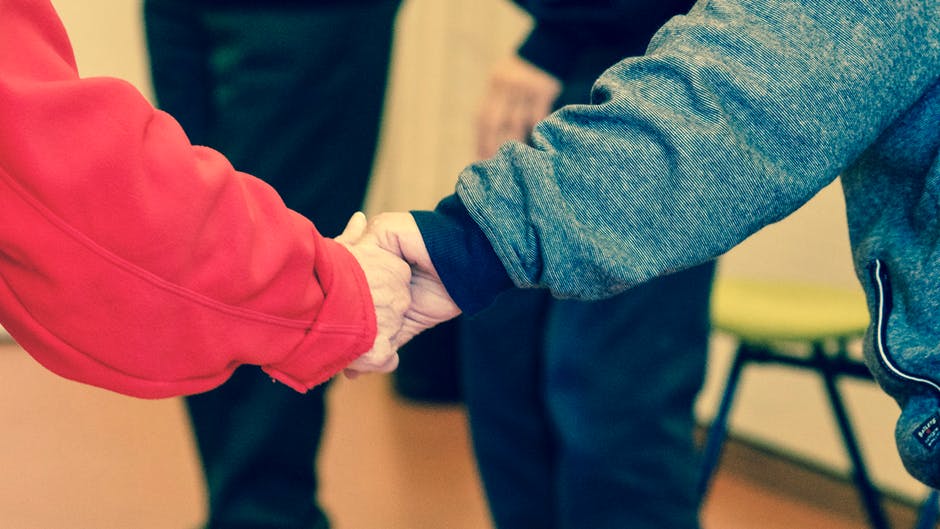Overcoming the ‘Old’ Barrier, Part Two

Last time, we discussed how we might overcome some of the challenges that more senior dancers face. I’ve always believed that the door to dance is open to everyone, though admittedly it can be more open to some than others.
I’ll confess however, that ballroom dancing may not be the best choice for everyone. I mean, let’s face it: Not everyone will be supportive on your dancing journey, and some might even ridicule you.
I’m not telling you this to dissuade you, but to help you understand that if you are going to learn ballroom dancing, it has to be worth it for you. Now let’s assume that’s the case, and look at three ways to make that journey a little easier.
Private lessons are your friend.
Especially if you’re just getting your ‘ballroom legs’, group classes might be an intimidating prospect. You might get lucky, but the odds are you’ll be learning at a faster pace than you are comfortable – and in front of strangers, no less.
The other challenge with group classes is that your fellow students may not be able to lead or follow you in a safe way. Beginner dancers can sometimes be jerky or spastic, which increases the chance of injury.
By comparison, private lessons are a great way to get a support and pace that’s tailored to you. Just make sure your instructor is familiar with your particular needs, so they know not to try that Dirty Dancing lift on your first lesson *wink*.
Raise your social ballroom popularity.
When at a social, asking a partner to dance was once the responsibility of the male dancer. Nowadays however, anyone can ask for a dance. A few ground rules:
- If they say ‘no’, don’t take it personally. Thank them, and move on.
- If they say ‘no’ twice in one night, don’t ask them again that evening.
- Keep it simple, and direct. Make eye contact, smile, and say ‘would you like to dance?’
- Look for dancers who are seated near the dance floor, who’ve turned their chairs or are watching the action, or better yet, are standing and moving to the music.
- If you’re shy about asking others, you can also try the tips above yourself to increase your approachability.
Studio socials are ideal, because they tend to foster a more friendly atmosphere, and people are more likely to say yes.
If you have physical challenges, warn your social dance partner.
Telling your instructor about any physical issues might be a no-brainer, but many hide their challenges from their social dance partners, for fear they won’t dance with them again. In doing so, they risk injuring themselves further.
I’m not saying you should tell every partner about your chronic diarrhea, but it’s important for your own safety to mention if you can’t dip, or too many turns make you dizzy. One woman warned me she had a torn ACL, and pivots were excruciating. I’m very glad she told me!
After all, if that’s a deal-breaker for potential partners, you’re better off not dancing with them anyway. Dancer partners come and go, but your body can’t be replaced.
About the Author
Ian Crewe has been dancing ballroom for over 18 years, and has a Licentiate in American smooth and rhythm. His passion for dance and his endless seeking for ways to reach new audiences eventually led him to blogging and the World Wide Web. Ian currently teaches at the Joy of Dance Centre, Toronto, ON, Canada.

